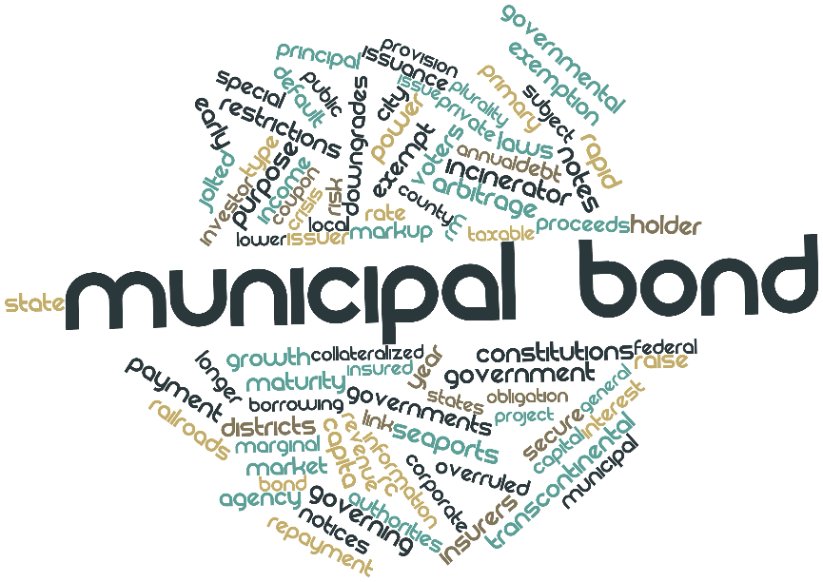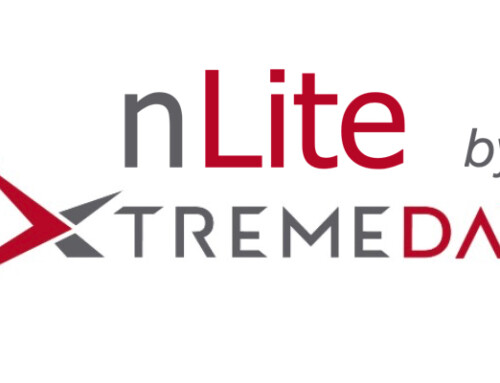Having timely, complete, and accurate municipal bond data is critical for many essential functions in the life cycle of investing in municipal bonds:
- trade execution
- risk management
- pre-trade analytics
- post-trade valuation and reporting
- regulatory compliance
If you don’t have accurate data, and don’t quickly identify your data’s shortcomings, can cause a lot of pain for many functions, including:
- delaying settlement
- misvaluing NAVs for bond mutual funds
- misreporting the risk of a portfolio
- regulatory sanctions

A Dirty Little Secret About Municipal Bond Reference Data.
Given the dire consequences of having inferior data, you may be surprised to learn that most firms in the municipal bond ecosystem (e.g. investment firms, fund administrators, custodians, trust banks, valuation & analytics firms) typically rely on a single vendor source for their municipal bond reference data.
Why would firms with so much to lose have only one source for their data? Sadly the reasons are familiar foes – cost, legacy systems, operational inertia, etc.
No matter the reason, the result is the same… your municipal bond reference data is wrong.
The Most Common Errors in Municipal Bond Reference Data.
DIH offers a wide variety of fixed income data, including municipal bond reference data (learn more). Based on our research and conversations with data experts in the industry, gaps and errors in the data that institutional market participants are using are commonplace. The most common issues are:
- Lack of timeliness in adding new issues
- Ratings and credit information can be inaccurate and stale
- Corporate actions, such as redemptions and defaults, are often missing or incomplete

How Can You Ensure You’re Using Quality Data?
Just because your competitors and peers are taking risks with their data doesn’t mean you can’t take steps to improve your data. The most cost-effective and easy way to check your data’s accuracy is to use a second source of municipal bond reference data as quality control.
Checking your primary source of data against a second source can identify differences in your data. Many of the exceptions you find should be relatively easy to correct, but others may require a deeper dive into the features of the bond via the official issue documents or statements.
Once you find any exceptions in your data you can investigate them further BEFORE you create any painful issues in your operations.
The Takeaway.
Municipal bond reference data can often have gaps, stale values, or inaccurate information. Such deficiencies in your data can have a severely negative impact on your operations (e.g. trading, valuations, reporting, compliance), and cause costly errors (e.g. delayed settlement, incorrect NAVs, inaccurate risk assessments, regulatory issues).
But the good news is you can reduce your risk of data issues by comparing your primary source with a second source for a lot less than you may think.
What about you? What are you doing to ensure the quality of your municipal bond reference data? Please comment – I’d love to hear your thoughts.
Also, please connect with DIH on LinkedIn and Twitter.
Regards,
Tom Myers


